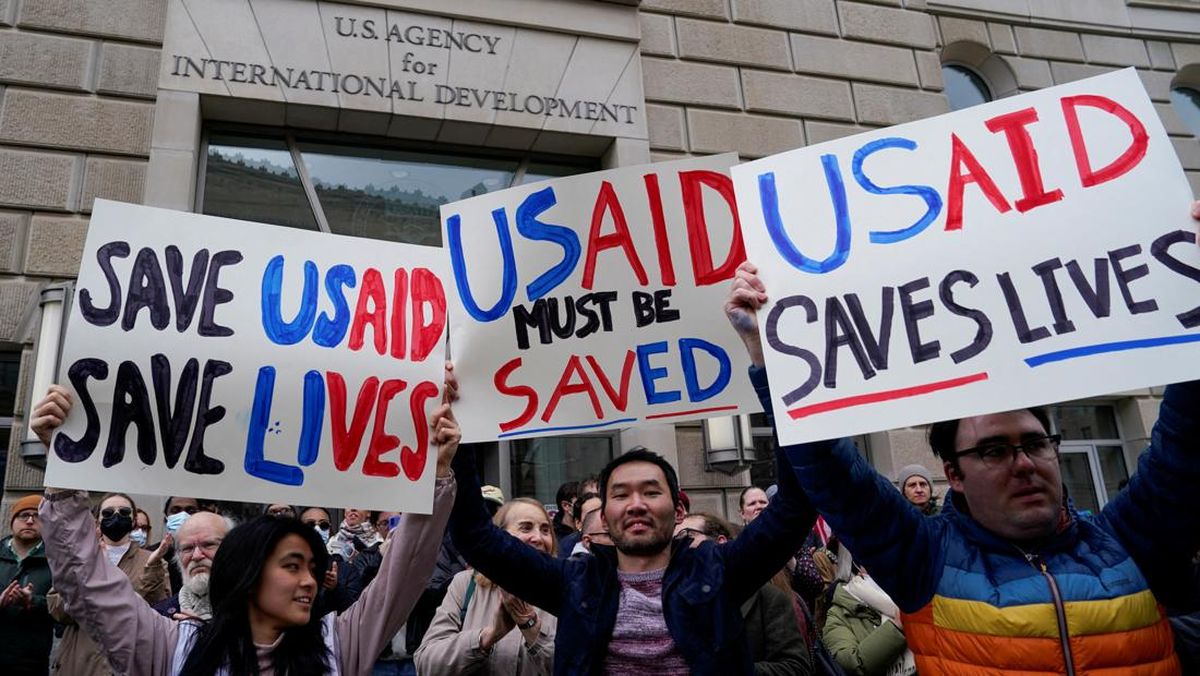Former Trump Official Behind USAID Overhaul Departs State Department
BlogTable of Contents
- USAID Shutdown Crueler Than Atomic Bombs, Former Staffer Writes - Newsweek
- Column: Listen to Trump's former aides: He is a danger to democracy ...
- Trump cierra las oficinas de la Usaid y el futuro de la agencia está en ...
- What is USAID? Why Trump and Musk trying to dismantle, shut it down
- Kampanye Donald Trump untuk Jadi Presiden Amerika Serikat Janjikan ...
- Trump cierra las oficinas de la Usaid y el futuro de la agencia está en ...
- Isi Pidato Trump, Janjikan Era Keemasan untuk Amerika? - Hot Liputan6.com
- The Dark Clouds Over USAID: What President Trump’s Actions Mean for the ...
- Cơ quan USAID có chức năng gì và vì sao lại rơi vào tầm ngắm của ông Trump?
- Status Obat RI usai Trump Tutup USAID hingga Israel Keluar Dewan HAM


The official, who played a crucial role in dismantling USAID's existing framework, had been a driving force behind the agency's reorganization. The changes aimed to streamline operations, reduce bureaucracy, and enhance the efficiency of aid distribution. However, the overhaul also faced criticism from some quarters, with concerns raised about the potential impact on the agency's ability to respond to global crises and provide effective support to vulnerable communities.


Background and Context
:strip_icc():format(jpeg)/kly-media-production/medias/4890979/original/075173200_1720912592-Donald_Trump_Ditembak_Saat_Kampanye-AP__1_.jpg)

The Trump administration's overhaul of USAID was part of a broader effort to reexamine the U.S. government's role in international development. The changes aimed to ensure that U.S. aid is more effective, efficient, and aligned with American interests. However, some critics argued that the overhaul could undermine the agency's ability to respond to complex global challenges and compromise its independence.


Implications and Future Directions
The future of USAID will likely be shaped by a combination of factors, including the new administration's policy priorities, congressional oversight, and the evolving global landscape. As the agency moves forward, it will need to balance competing demands and challenges, from responding to humanitarian crises to promoting sustainable development and addressing the root causes of global instability.
